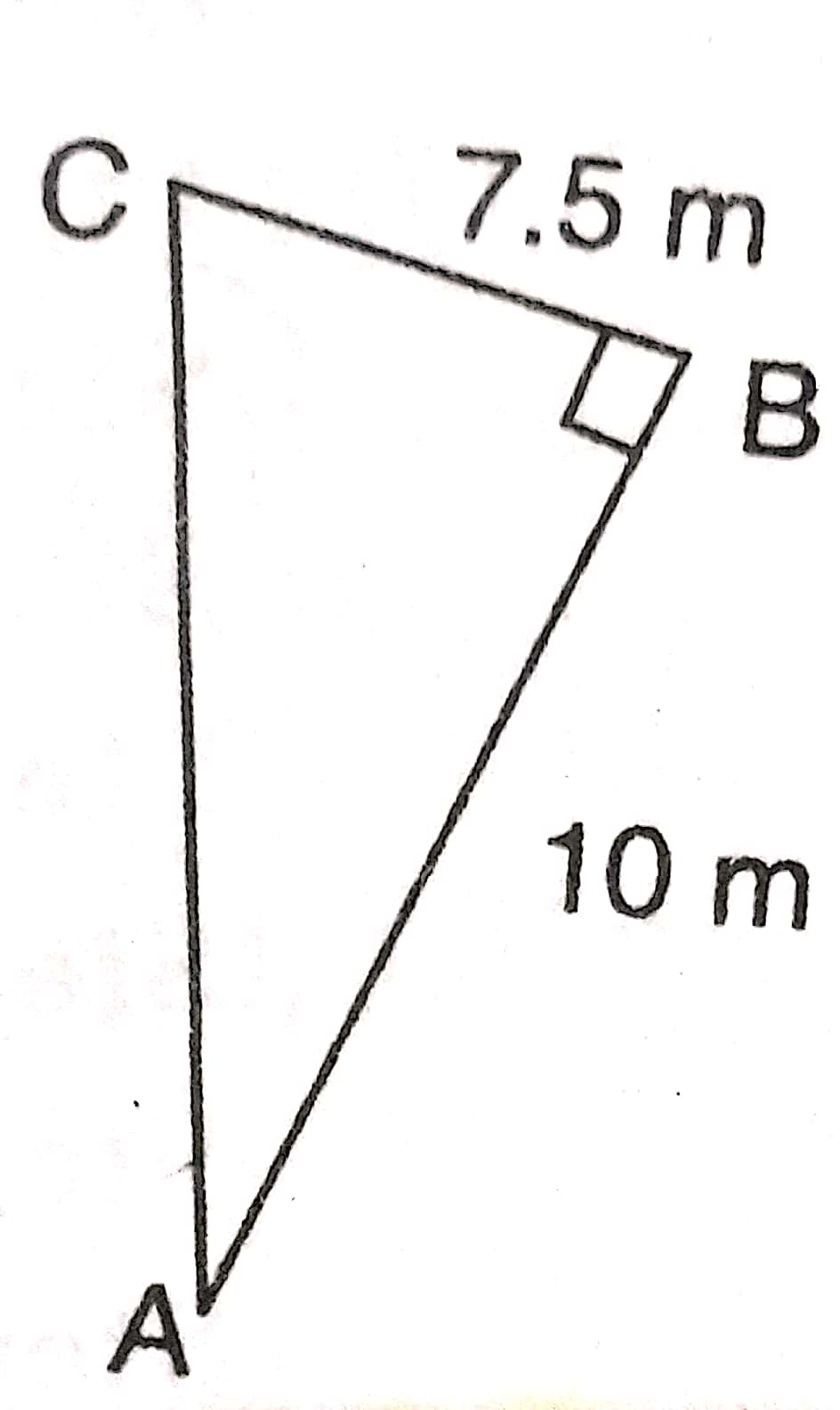Problems Involving All Directions Turning



Problems Involving All Directions Turning
Direction Question: This section of verbal reasoning revolves around the various directions. It consist of questions involving all sort of direction puzzle. Candidate is required to make a successive follow-up of directions and ascertain the final direction or the distance between two points. The test is meant to judge the candidate,s ability to trace and follow correctly and sense the directions correctly.
Directions: There are four basic directions North N, South S, East E, West W and four cardinal directions North East NE, North West NW, South East SE, South West SW to help the candidates know the directions. The figure shows all the directions

Problems Involving All Directions: These type of questions are solved by taking the right and left movement of a person is always with reference to the body moving in the scenario. It is not with respect to the person who is solving the questions.A diagram is drawn showing the movement of the object. On analysing the diagram the candidate reaches the desired result
Illustration: If you are facing north-east and move 10 m forward, turn left and move 7.5 m, then you are
A. North of your initial position B. South of your initial position C. East of your initial position D. 12 m from your initial position.
Answer: A
Solution: Clearly, the narrator starts from A, moves towards north-east a distance of 10 m and reaches B, turns left ( anti-clockwise ) and moves 7.5 m and reaches C.
Clearly, C lies to the north of A.

Also, ABC is right-angled at B. So by Pythagoras Theorem
So,
= 100 + 56.25 = 156.25.
Thus, the narrator is 12.5 m to the north of his initial position. Hence option A is correct.
Illustration: A person starts from a point A and travels 3 km eastwards to B and then turns left and travels thrice that distance to reach C. He again turns left and travels five times the distance he covered between A and B and reaches his destination D. The shortest distance between the starting point and the destination is
A. 12 km B. 15 km C. 16 km D. 18 km
Answer: B
Solution: The movements of the person are as shown in fig.

Clearly, AB = 3 km,
BC = 3AB = (3 3) km = 9 km,
CD = 5AB = (5 3) km = 15 km.
Draw AE CD.
Then, CE = AB = 3 km and AE = BC = 9 km.
DE = (CD - CE) = (15 - 3) km = 12 km.
In AED,
=
+
AD =
km
= Km
= km = 15 km.
Required distance = AD = 15 km
Hence the correct option is B
Ashwini goes 8 km towards East, then he goes 4 km towards South. In the end, he goes 4 km towards East. Find the total distance covered by Ashwini. | |||
| Right Option : B | |||
| View Explanation | |||
Rajni walks north west for 5 km. Then she walks 3 km to towards east and is just above where she started. Then she moved 7 km North. How far is she from her original position? | |||
| Right Option : D | |||
| View Explanation | |||
Ms Ice Cream starts from left and moves 8 km. She then turns right and moves 4 km. Then she turns right again for 8 km. How far is she from the initial position? | |||
| Right Option : C | |||
| View Explanation | |||
Students / Parents Reviews [10]
It has a great methodology. Students here can get analysis to their test quickly.We can learn easily through PPTs and the testing methods are good. We know that where we have to practice

Barkha Arora
10thMy experience with Abhyas academy is very good. I did not think that my every subject coming here will be so strong. The main thing is that the online tests had made me learn here more things.

Hiya Gupta
8thAbhyas is a complete education Institute. Here extreme care is taken by teacher with the help of regular exam. Extra classes also conducted by the institute, if the student is weak.

Om Umang
10thMy experience with Abhyas is very good. I have learnt many things here like vedic maths and reasoning also. Teachers here first take our doubts and then there are assignments to verify our weak points.

Shivam Rana
7thMy experience was very good with Abhyas academy. I am studying here from 6th class and I am satisfied by its results in my life. I improved a lot here ahead of school syllabus.

Ayan Ghosh
8thAbout Abhyas metholodology the teachers are very nice and hardworking toward students.The Centre Head Mrs Anu Sethi is also a brilliant teacher.Abhyas has taught me how to overcome problems and has always taken my doubts and suppoeted me.

Shreya Shrivastava
8thA marvelous experience with Abhyas. I am glad to share that my ward has achieved more than enough at the Ambala ABHYAS centre. Years have passed on and more and more he has gained. May the centre flourish and develop day by day by the grace of God.

Archit Segal
7thI have spent a wonderful time in Abhyas academy. It has made my reasoning more apt, English more stronger and Maths an interesting subject for me. It has given me a habbit of self studying

Yatharthi Sharma
10thIt was a good experience with Abhyas Academy. I even faced problems in starting but slowly and steadily overcomed. Especially reasoning classes helped me a lot.

Cheshta
10thAbhyas Methodology is very good. It is based on according to student and each child manages accordingly to its properly. Methodology has improved the abilities of students to shine them in future.
